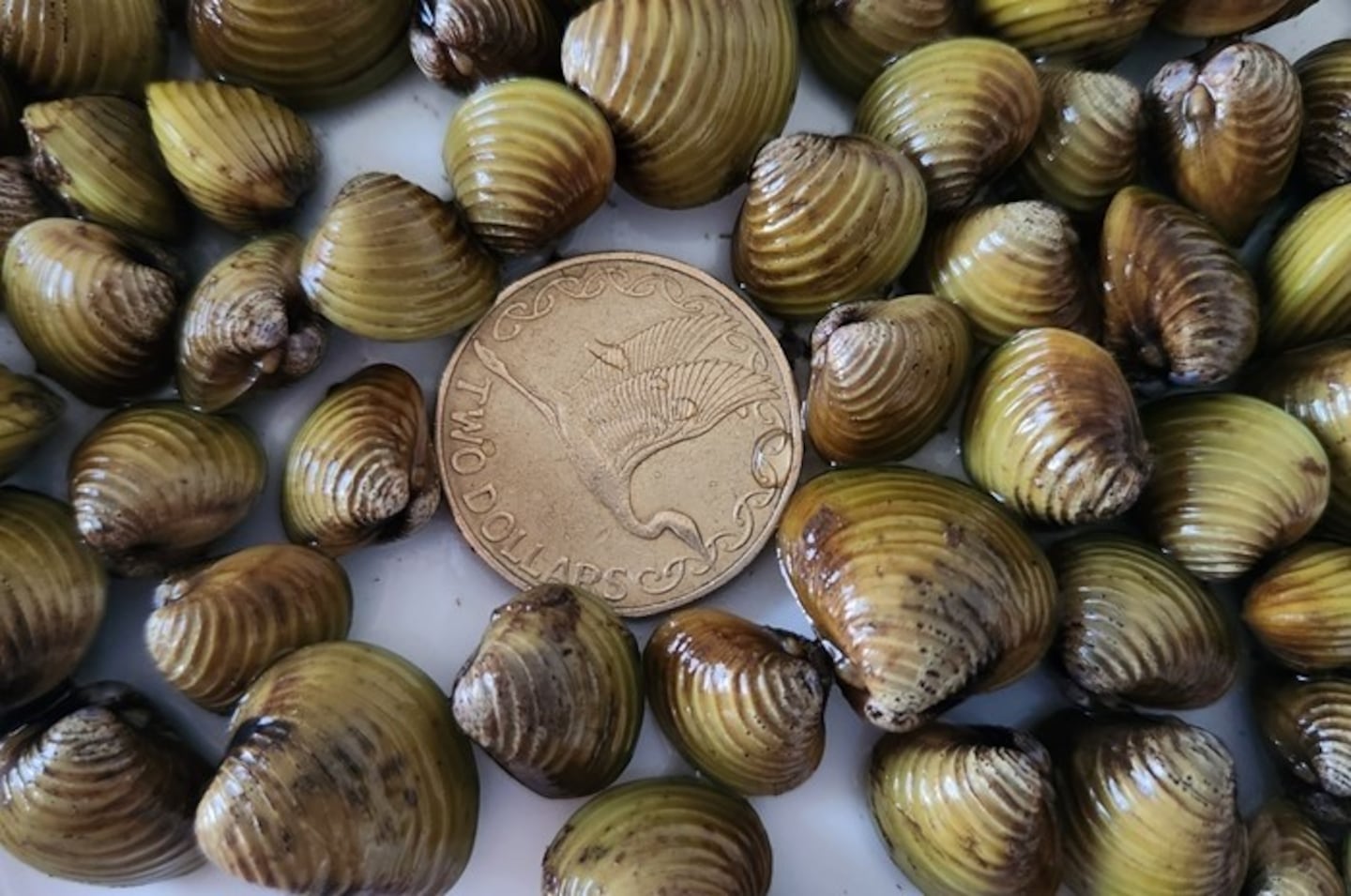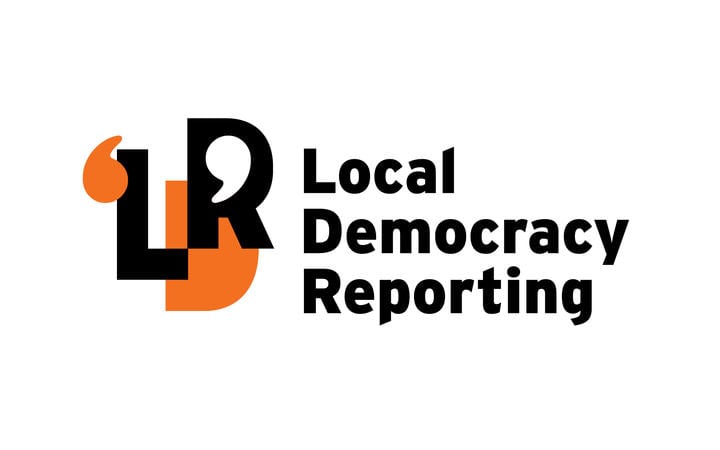Whanganui River iwi are banding together with councils, the Department of Conservation and others to avert a potential bio-security disaster.
They say only a coordinated, focused and urgent response can prevent the highly invasive freshwater gold clam, Corbicula fluminea, from entering the catchment.
Scientists warn that without intervention, large-scale invasion could cause significant and irreversible economic, social, cultural and ecosystem losses.
“If it gets here, it’s too late,” said Nancy Tuaine, kaihautū of iwi river entity Ngā Tāngata Tiaki o Whanganui. “Once it’s here, it’s too significant to try to control or stop it.”
Horizons Regional Council biodiversity and biosecurity manager Craig Davey said there was no known way of eliminating or controlling the exotic species once it has invaded a waterway.
“What we can do is stop it from spreading from where it is to somewhere else,” Davey told Local Democracy Reporting.
“If these clams get into another waterway, it would be one of the worst things that could happen to our country.”
The clam is native to eastern and southeast Asia but was found in several locations in the Waikato River catchment in May 2023.
Gold clams are prolific breeders and can produce up to 400 juveniles a day, up to 70,000 a year.
“They exist as an adult from a size that is microscopic, the size of the smallest ridge on a $2 coin. A clam that size is able to reproduce and survive out of water for two days.”
The clam has become invasive throughout Europe, and South and North America.
They tolerate a range of habitats and can easily be transported between connected waterways or by human activities, for example as unwanted ‘hitchhikers’ on boats or recreational gear.
“How they came here, we don’t know. They’ve come into our country with something that has been wet – it could have been a boat, wakeboard gear or other equipment,” Davey said.
“Unfortunately it could even be something that is absorbent. Wetsuits can carry clams, because they have a sticky foot, so they can stick themselves to things.”
The clams grow from the shoreline and in deeper water to about 14 metres, typically forming a concrete-like edge on lakes and rivers. They can also live in mud, gravel or sand.

A second species of invasive clam native to Australia, Corbicula australis, has also been found in New Zealand.
The Ministry for Primary Industries declared the two species unwanted organisms under the Biosecurity Act in August 2023.
NIWA announced last week it has been awarded $10.2 million for research into managing the invasion and mitigating impact.
Leading the five-year MBIE-funded research programme, principal scientist freshwater ecology Dr Deborah Hofstra said the best chance to stop further spread was to act early.
“This species breeds rapidly and densely, with tens of thousands of individuals occupying a single square metre. This means they successfully compete against native species for food and space, whilst also clogging up critical infrastructure such as water treatment plants.”
She said New Zealand lacked detailed understanding of how the species would respond in local conditions, how readily they would spread, how severe the impacts would be, and what the most effective ways were to intervene.
‘Now or never’

“These clams could be devastating, so we must move quickly; it is now or never.”
In the meantime, the multi-agency approach in the Whanganui catchment is focusing on containment and prevention.
“This multi-faceted approach has been established because we need to come together and work together,” Tuaine said.
“We need a preventative model to increase awareness and understanding of the threat, and in particular how we can prevent it.
“Our river system is big, so we need to share knowledge with as many people as we can, particularly those moving between water that is currently affected and our river system.”
The key message was for recreational lake and river users to adopt a rigorous Check, Clean, Dry protocol when moving between waterways: removing anything visible like mud, weed or clams from watercraft and gear and draining all river or lake water; washing down gear and craft including special treatment where appropriate; and drying craft and gear inside and out for two days.
Joining iwi, Horizons and DOC in spreading the message are Ruapehu and Whanganui district councils, MPI, Genesis and river user groups.
“With all of us carrying the message, adhering to it within our own organisations, and talking with the people who run events and enjoy the river on a day-to-day basis, the collective hope is that we can have a behaviour change,” Davey said.
LDR is local body journalism co-funded by RNZ and NZ On Air


